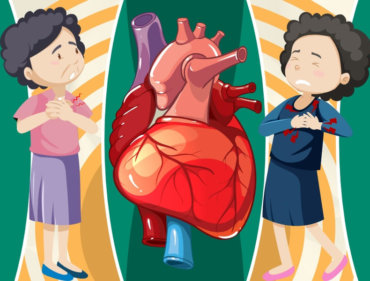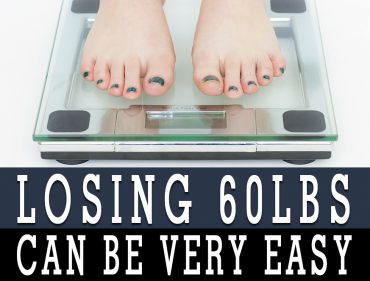Dyslipidemia means high cholesterol or high fats in the blood. These can add up and lead to blockages in your blood vessels. This is why high cholesterol can put you at risk for a stroke or heart attack. Dyslipidemia is classified into primary and secondary dyslipidemia.
The primary cause is one or more gene mutations that result in either excessive production or defective clearance of triglycerides and low-density lipoprotein or excessive clearance of high-density lipoprotein. Secondary dyslipidemia, on the other hand, is induced by lifestyle factors or medical conditions that interfere with blood lipid levels over time.
Things Associated with Dyslipidemia
Age, obesity or central obesity, and physical inactivity links to dyslipidemia. These highlights the extensive need for routine screening programs for blood lipid levels and appropriate intervention programs aimed at risk factor reduction. The bodies do what it can to push excess fat into storage, leading to weight gain, but often the excess fat will also build up in the bloodstream. As a result, it causes unhealthy blood levels of cholesterol and triglycerides and causes an imbalance of cholesterol.
Dyslipidemia Treatment

- Lifestyle changes. Lifestyle modifications and proper guidelines recommend dietary modification, exercise, and weight control are the foundation of treating dyslipidemia. A reduction in total cholesterol by 1 percent may decrease a person’s risk of developing coronary heart disease and other conditions due to excessive cholesterol in the body.
- Quit smoking. Stop cigarette smoking and the reduction of other modifiable risk factors are essential aspects of the prevention of coronary heart disease caused by dyslipidemia.
- Stopping Alcohol Intake. Alcohol raises triglyceride levels and HDL cholesterol as well as other lipid levels. Since excessive alcohol causes numerous adverse effects, reducing alcohol consumption may improve your overall health.
- Exercise. Exercise programs tailored to meet individual goals, interests, and needs may reduce excess cholesterol. Most patients benefit from aerobic exercise that targets large muscle groups. Obese patients should engage in low-intensity exercise more frequently than extreme activities.
Weight Reduction as Treatment for Dyslipidemia
The presence of obesity elevates both very-low-density lipoprotein and low-density lipoprotein cholesterol levels, raises triglyceride levels, lowers HDL cholesterol, increases blood pressure, and promotes glucose intolerance. Losing weight reduces total cholesterol, lowers triglycerides, and raises HDL cholesterol. It maintains healthy blood pressure and improves glycemic control. For healthy weight reduction, try the HCG Diet.
HCG Diet for Dyslipidemia
The HCG diet can be a step 1 and step 2 diet program for high cholesterol. It is designed to rapidly reduce the intake of saturated fats, cholesterol, and total calories to manage lipoprotein values in obese patients. The HCG diet limits calories derived from saturated fats and other unhealthy sources. It also improves your eating patterns and food choices by suppressing your appetite and boosting your metabolic rate.






















